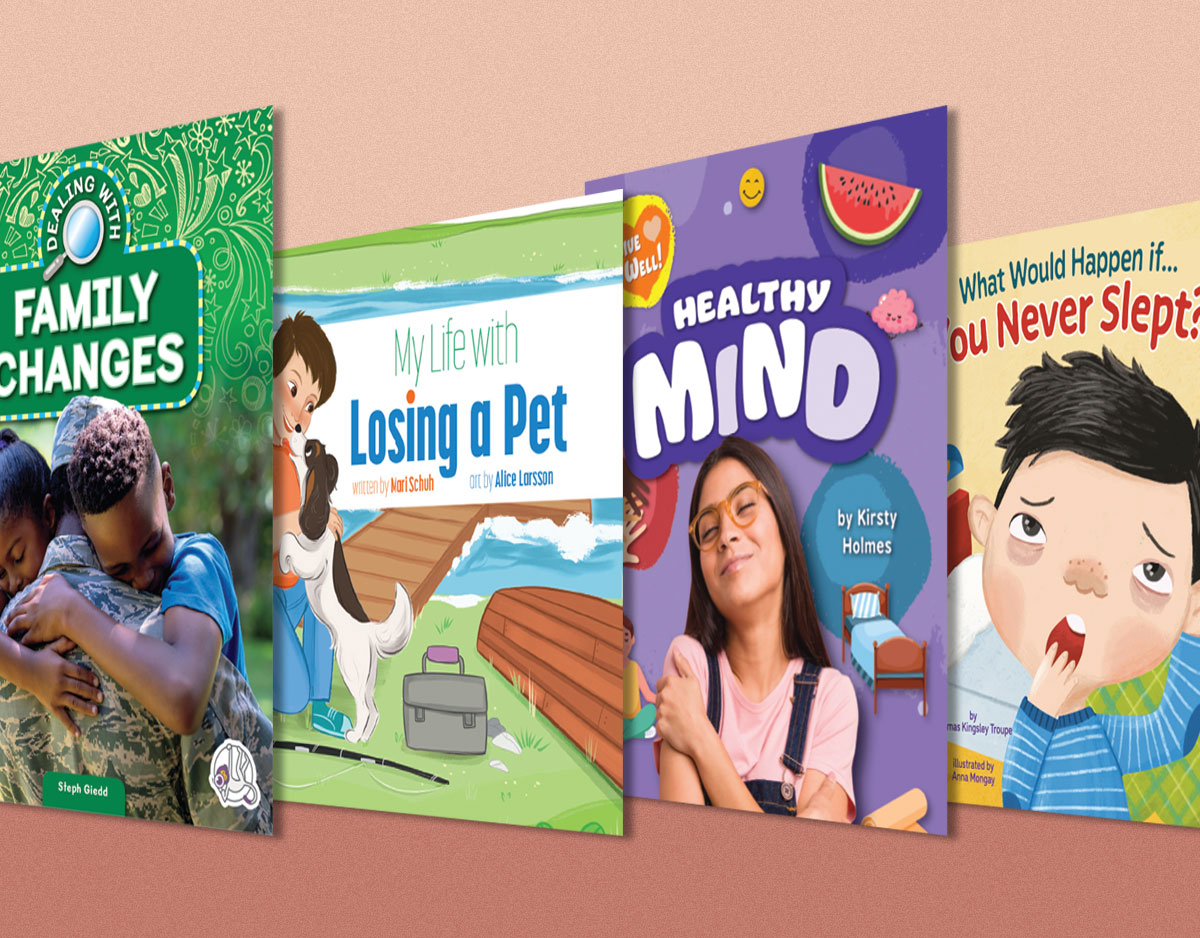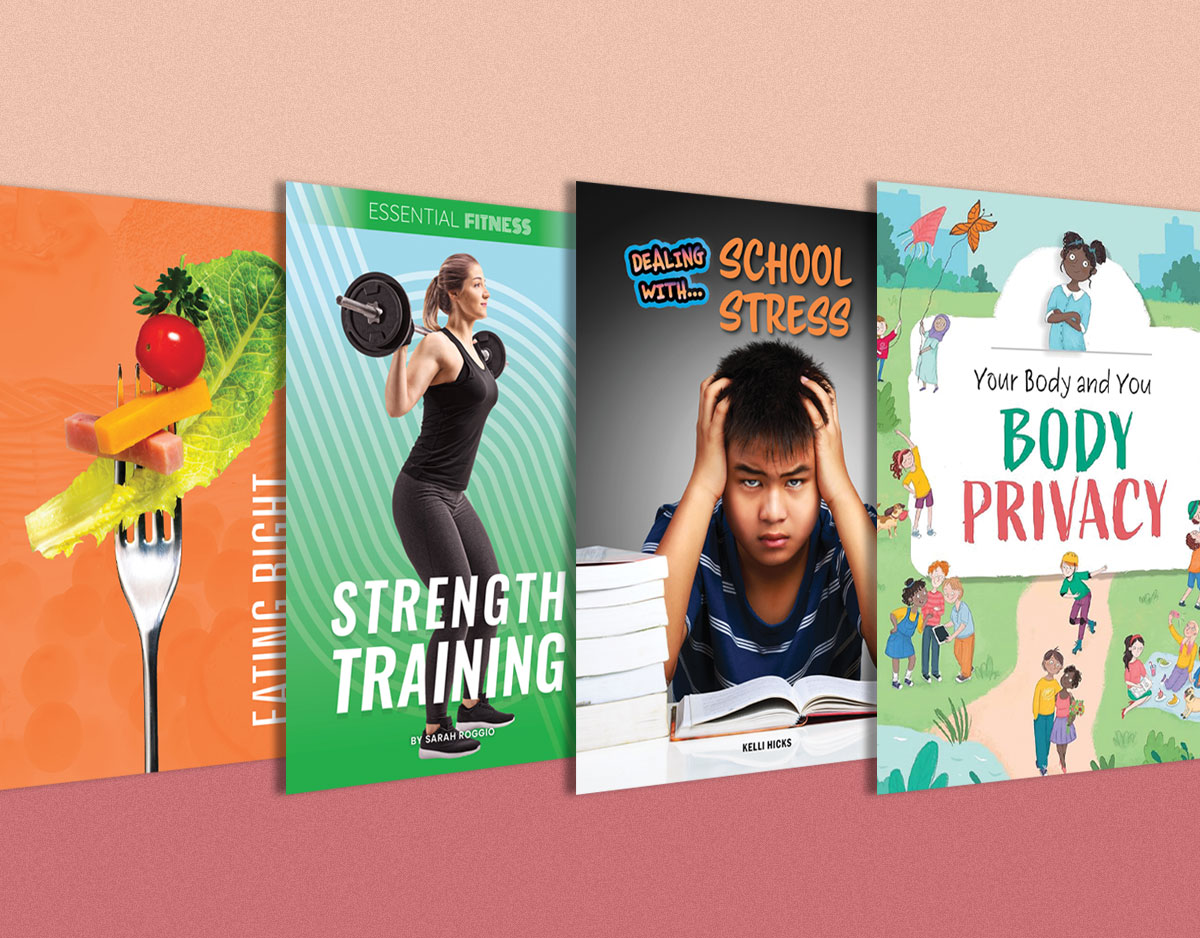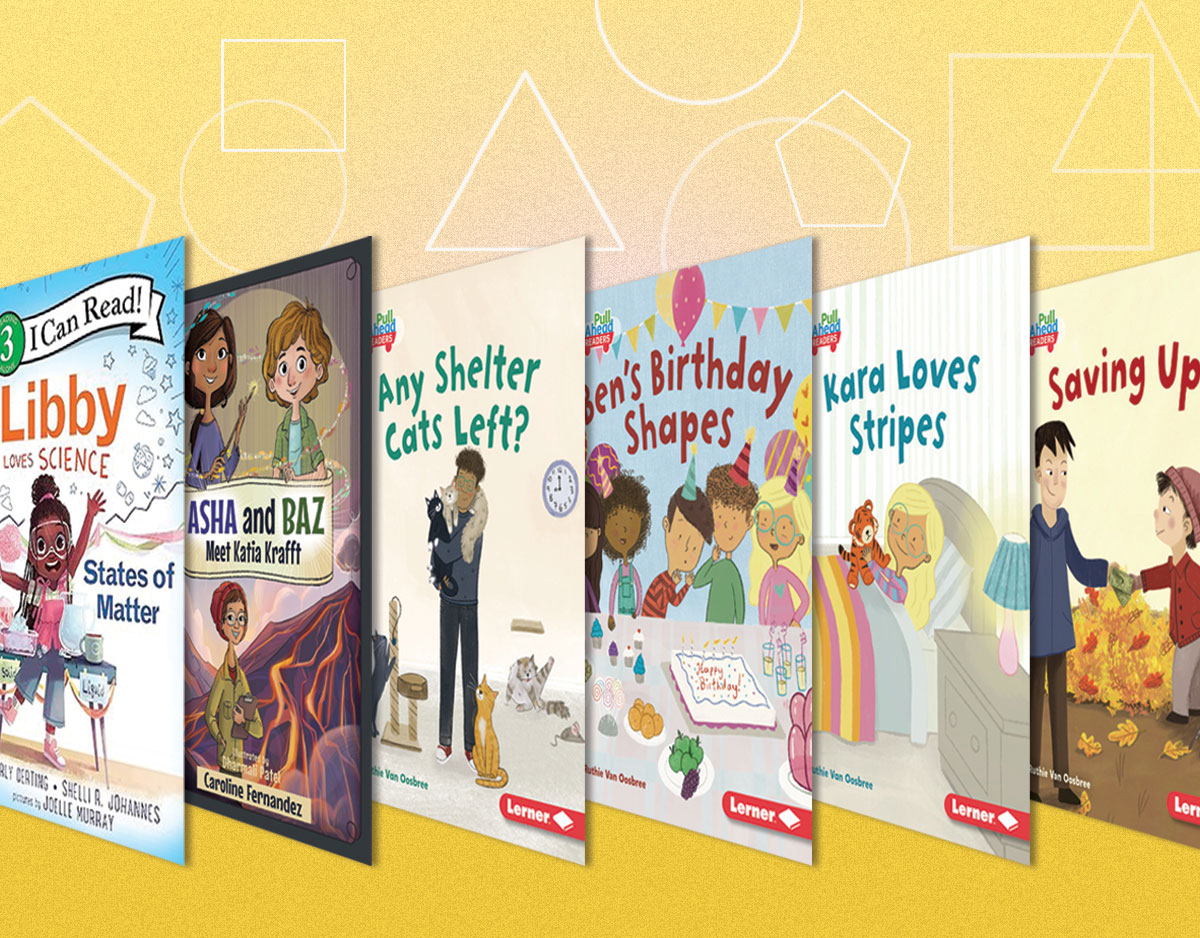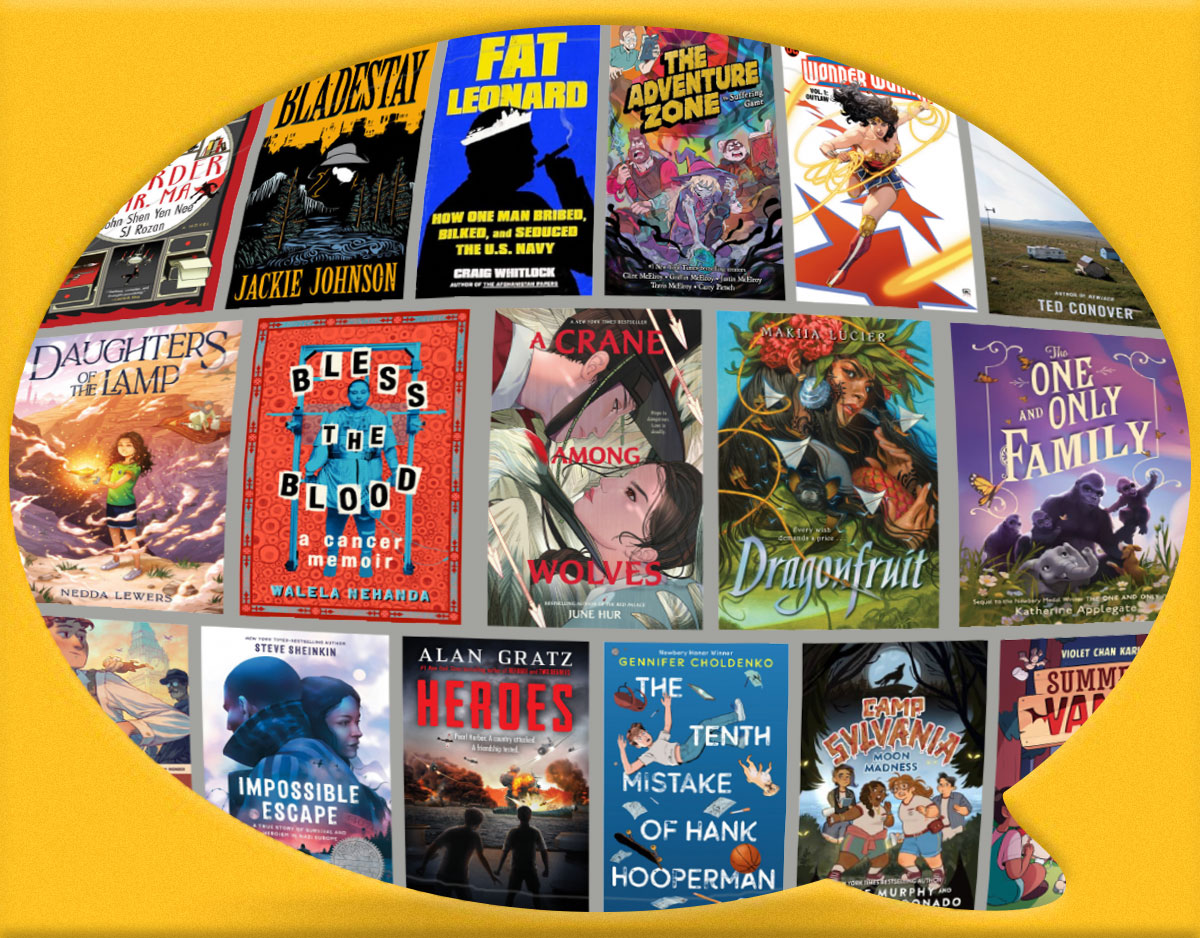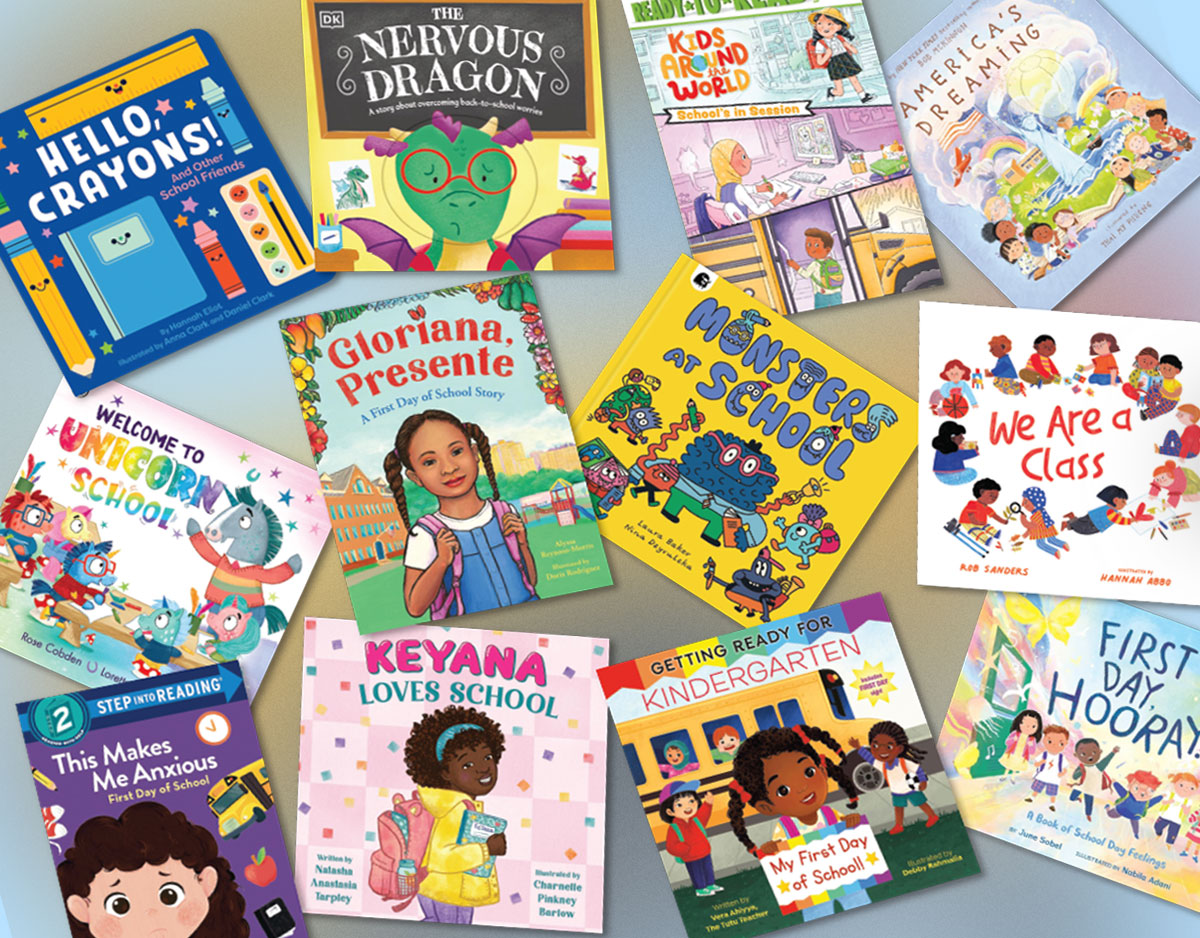Bird Talk: What Birds are Saying and Why
- Pre-Reading. Cover up all of the words in Bird Talk, except for each two-page spread that introduces the communication behavior. With that behavior in mind, have students look closely at the illustrations alone. (This is ideal if you have a document camera that can project the book.) Have students mine the illustrations for specific information about what they think the bird is doing to achieve their communication “goal.” Then, uncover and read the text to determine if the students’ observations and guesses were correct.
- Bird Walks and Onomatopoeia. Before or after reading Bird Talk, take your students on a bird walk. Have students stop and write down what they hear as they walk. It may be difficult for them to find the words to describe the sound, and they may need to make up the words. You will want to model this when you first leave the school building. Have them compare and contrast their sound descriptions. Do this regularly over several weeks, and see how the students’ ability to find or create words matures with practice.
- Identifying Bird Calls, Drawing Birds. After assessing what bird names your students may already know, and the extent to which they can identify those birds, go for a walk, armed with drawing paper and clip boards. For those of you teaching in cities, you may have a nearby park or water source that is an ideal spot for locating birds. Or, you might need to hop on the bus or subway to get to an urban green space. Have students listen for bird sounds. Isolate one, and challenge students to quietly track the sound and locate possible bird(s). This is ideally done in small groups with adult supervision. Next, have students do quick sketches of the birds, noting the places where they might need to add particular color(s) when back in the room. Once the sketches are complete, have students compare and contrast their bird drawings. Using the Cornell Lab site (see Further Explorations below), identify the bird based on the drawings, and then match the bird to its call for confirmation. You may also want to take an iPad along with you, and use the National Audubon Society North American Field Guide for Birds app (Green Mountain Digital) for help along the way.
- Developing Bird Data. Where possible, place bird feeders on your windows at school or in a nearby tree branch. Each morning, have students take notes on which birds are feeding from the feeder. Do the same after lunch, and/or at any other point in the day when birds are at the feeder. Colorful posters or flashcards with the names of the most common year-round birds are helpful at the beginning of the year. Students can monitor which birds disappear for long periods of time, if they migrate, and when they return. Students can also use this as an opportunity to research uncommon birds as they appear. Over time, have the students create categories to collect data on bird behavior. (With thanks to the SMS Penguins, for the inspiration.)
- Endangered Species. What birds that frequent your part of North America may be endangered? Take a look at Melissa Stewart’s A Place for Birds as well as Olivia’s Birds (see Further Explorations below). Have students research endangered birds and create an action plan for helping to improve the birds’ chances of survival as a species. Use Olivia’s Birds as a mentor text for inspiration, with students creating their own plans to raise awareness or funds.
- Hundreds of Calls? Do robins really make hundreds of different calls? Go to the Cornell Ornithology Lab (http://www.allaboutbirds.org/guide/American_Robin/sounds) and explore the Robin sounds on file digitally. Play some of them for your students without identifying the purpose of the call. Ask students to listen and identify what they hear as the differences between the sounds, and how those differences may be important for understanding the purpose of the calls.
- Bird Books. Have students select birds that they would like to research in greater detail. Students may do this individually, in pairs, or small groups. Using Lita Judge’s text organization and format as a mentor text, have students convey what they believe is most important to share about their bird. For older students, you could make it more of a challenge by having them research separate birds individually, but create one text that talks about the three different bird species collectively, as in Bird Talk.
- Nest Cam Research. If you study birds in spring during the migration and nesting season, you can take advantage of the nest cameras provided by a variety of organizations in locations across the country. Two in current use are the Great Heron Nest cam and the Red-Tailed Hawk next cam (see Further Explorations below). Have students take turns during the day watching the camera on a classroom desktop, laptop, or tablet computer, observing the behavior of the bird parents as well as the eventual chicks. You may want to start off the data collection with specific categories of information that students can write about or draw. As students learn more and grow invested in the data collection, they could suggest their own categories of information.
- Style and Purpose in Illustrating. Have your students watch the video interview with Lita Judge featured above.Next, assemble an array of bird photographs that you find online and in print, as well as copies of John J. Audubon’s original bird paintings, also available digitally (see Further Explorations below) and in print (seek out your local library). You may want the students to find these photos and paintings, or make it simpler by finding them yourself. Next, have an array of some of the bird books below. Have students compare and contrast the style of illustrations, and the ways in which they are both similar and different from one another. What do the photographs capture that the illustrations do not? What do the illustrations capture that the photographs do not? When is a very precise level of scientific detail necessary? When is it more appropriate to have few details but more expression? How do background images, settings, and/or white space influence what students are able to see about the bird? When might more background be helpful? When might it be intrusive?
- Mentors and Research. Have your students watch the video interview with Lita Judge featured above. Have them consider the ways in which Judge learned to observe the natural world through experiences as a child, particularly through the enthusiastic informal mentoring of her parents and grandparents. What do your students love to do? What do they want to learn how to do or learn how to do better? Have students select someone they are close to – a parent, guardian, grandparent, aunt or uncle, neighbor, or even the parent of a classmate, and have the students shadow that person at work or at home, pursing their vocation or avocation. Have students take pictures of video footage of their observations of this person doing whatever it is that s/he is passionate about: baking, gardening, tending to animals, designing, constructing, etc. Next, have students conduct an interview with this person, to learn even more about how s/eh learned how to do whatever it is s/he does. Finally, have students seek out print and digital resources to learn more about this field of study, creation, work, etc. Have students present their field and research-based explorations in a science fair like set-up one evening, in order to share the knowledge that exists in your community.
- This nonfiction picture book chronicles the efforts of Richard and Cherry Kearton, two brothers in northern England, to capture nature through the photographic lens. Their work was influential in furthering understanding about bird mating, nesting, and parenting.
- Author-illustrator Olivia Bouler was eleven years old when she wrote this nonfiction picture book about her efforts to support the Audubon Society in saving the birds of the Gulf of Mexico after the BP Oil Spill in April of 2010.
- This picture book biography of John J. Audubon reveals the artist as a young boy conducting experiments by banding birds near his Pennsylvania home, modeling scientific inquiry for young readers.
- This fictional story about a girl’s fascination with birds captures some of the reasons why some people spend their lives, as vocation or avocation, searching for them.
- Simultaneously expansive and precise, this survey book of nest-building features birds from around the world.
- This picture book poetry collection includes poems about birds from all over the globe. While some are more humorous than scientific, the wide range of topics, birds, and illustrations are sure to appeal to the variety of budding poets and ornithologists in your classroom.
- This nonfiction picture book provides a snapshot of ten endangered North American bird species, the challenges the birds and their habitats face, what can be done to save them, and ways in which some birds have already had their fates reversed through action.
- The variety of poems and photographs in this collection will provide aspiring ornithologists, poets, and photographers busy. This is an ideal mentor text for a research study of birds.
Filed under: Nonfiction Picture Books, Picture Books
About Mary Ann Cappiello
Mary Ann is a professor of language and literacy at Lesley University. A former public school language arts and humanities teacher, she is a passionate advocate for and commentator on children’s books. Mary Ann is the co-author of Teaching with Text Sets (2013) and Teaching to Complexity (2015) and Text Sets in Action: Pathways Through Content Area Literacy (Stenhouse, 2021). She has been a guest on public radio and a consultant to public television. From 2015-2018, Mary Ann was a member of the National Council of Teachers of English's Orbis Pictus Award for Outstanding Nonfiction (K-8) Committee, serving two years as chair.
ADVERTISEMENT
ADVERTISEMENT
SLJ Blog Network
Zachariah OHora on PBS
Cover Reveal and Q&A: Dusti Bowling’s Latest – The Beat I Drum (Apr 2025)
Girlmode | Review
The Seven Bills That Will Safeguard the Future of School Librarianship
Read Rec Rachel: New YA Releases for November and December 2024
Gayle Forman Visits The Yarn!
ADVERTISEMENT



